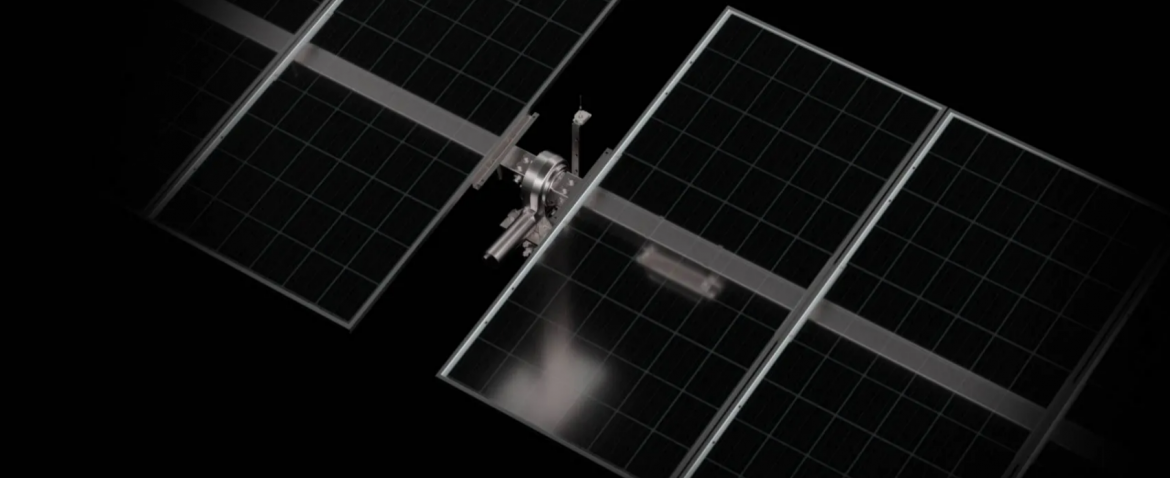Solar trackers play a crucial role in maximizing the efficiency of solar energy systems. By adjusting the angle of solar panels to follow the sun’s trajectory, these devices enhance energy capture throughout the day. This basic principle allows solar trackers to significantly improve the overall performance of solar installations. The benefits of using solar trackers extend beyond just increased energy output. By harnessing more solar energy, these systems can reduce the overall cost per kilowatt-hour produced, making solar power more competitive with traditional energy sources. Additionally, solar trackers contribute to better land use efficiency, as they can generate more energy from a smaller footprint compared to fixed installations.
Functionality of Solar Trackers
Solar trackers utilize sensors and motors to adjust the position of solar panels. As the sun moves across the sky, tai-simple solar tracker tilt and rotate the panels, ensuring they maintain optimal angles for sunlight exposure. This functionality is essential for maximizing energy generation, as stationary panels can miss a significant amount of sunlight, especially during morning and evening hours.
Key Features and Benefits of Single Axis Solar Trackers
There is one primary type of solar tracker: the single-axis tracker. Single-axis trackers rotate on one axis, typically oriented north-south or east-west. They are simpler and more cost-effective, making them suitable for many installations. This type of tracker provides a significant boost in energy output compared to fixed installations by optimizing the panels’ alignment with the sun’s path throughout the day.
Conclusion
Incorporating tai-simple solar tracker into solar energy systems can lead to substantial efficiency gains. The TAl Simple solar tracker’s innovative multi-damping system enhances stability and ensures reliable performance, even in high wind conditions, making it a robust choice for solar energy applications. Antaisolar offers advanced solutions that leverage these principles effectively.
